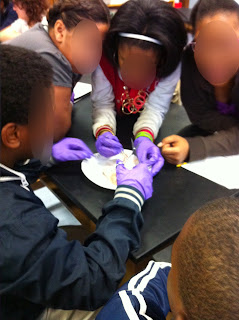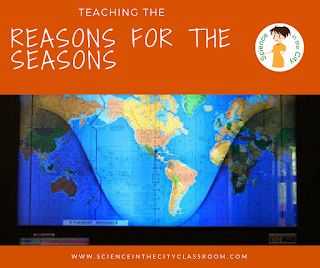After much discussion, we planned, and successfully implemented a plan to recycle the milk cartons at lunch. We worked with the cafeteria staff, the custodians, garbage collection, and the group that does the recycling. We got buckets to rinse the cartons, worked out a way to clean and store the buckets. We got special bags to put the milk cartons into, and developed a process to collect, clean, and store them until they were recycled. We worked out a schedule for who worked which lunch periods. They really did it! They carried through until the end of the school year. In the end approximately 10,000 milk cartons were recycled by our small group!
Two other very cool parts of this project, besides the learning experience for my class was (1) the involvement of the principal. He was really excited and would often help out at lunch time. (2) the learning experience for the other students in the school. Since we were visible in the lunch room, other kids would often ask why we were collecting them. This led to kids from other lunch periods, or from breakfast, bringing cartons to my classroom. I got a box and would collect them there, then at lunchtime we would bring them down and put them with the others. It spread! Such a small step can really make a difference. I think the class learned on so many different levels. That's the kind of 'real' learning that's energizing and exciting to teach!

































